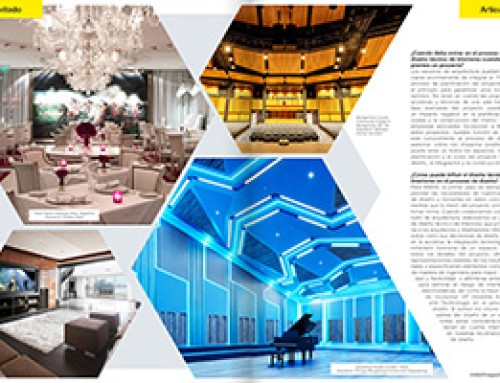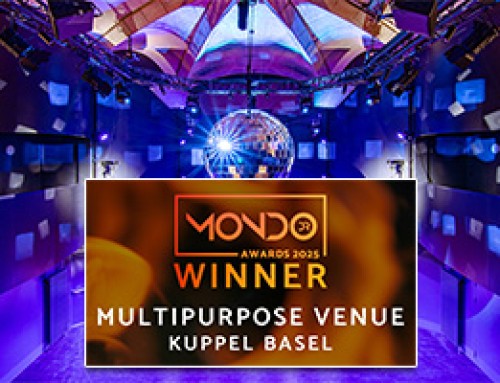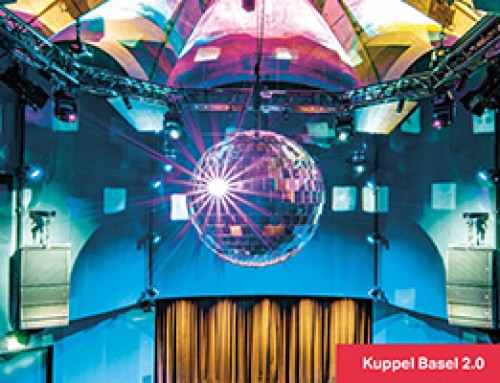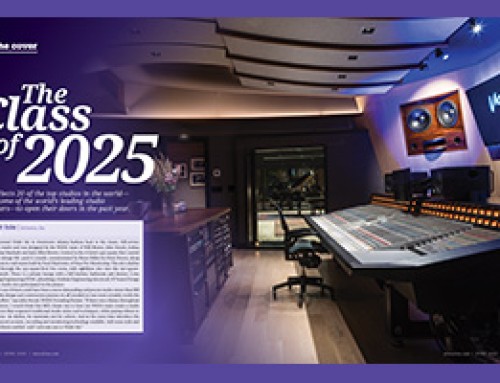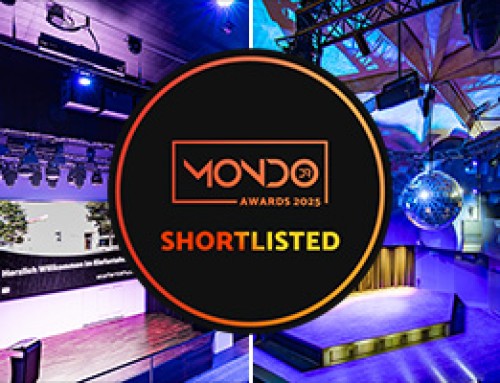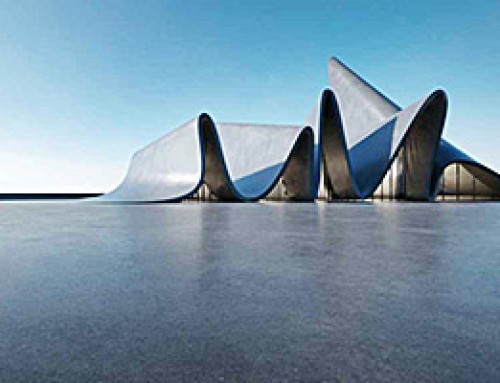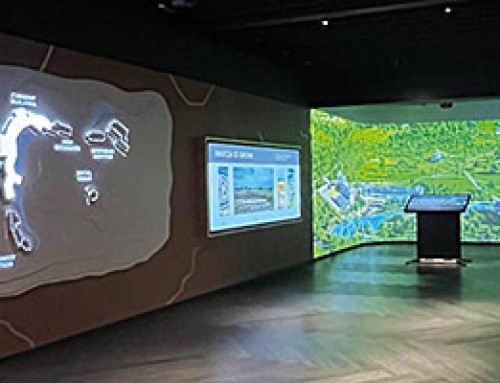As live entertainment rebounds, developers are using midsize venues to anchor their projects and energize the surrounding neighborhood.
As the summer concert season approaches and marquee acts like Beyoncé, Metallica and Taylor Swift fill stadiums around the country, developers are casting their eye on a smaller type of entertainment venue: the concert hall.
With state-of-the-art design that allows for flexible configurations, these midsize auditoriums can accommodate 1,000 to 6,500 patrons, helping promoters broaden the definition of live entertainment to include concerts, D.J. sets, e-sports and raves, as well as launch parties and trade shows.
The versatility of concert halls has led developers to use them to anchor their projects and energize the surrounding neighborhood, a trend that is revitalizing many moribund markets, said Aaron Jensen, who heads commercial and mixed use at HKS, a design firm.
“The concert venues are part of a broader mix, conveniently located to transit and residences,” he said.
Three miles north of downtown Denver, in a former industrial area known as the River North Art District, acts like Billy Idol and the Roots draw crowds to the Mission Ballroom, a concert hall adorned with psychedelic murals and a gigantic disco ball hovering over the dance floor.
The auditorium, which has a movable stage and can accommodate up to 3,950 guests, is an integral part of North Wynkoop, a complex stretching across three blocks of former warehouses that was redeveloped by Westfield, a Denver developer, and now includes artists’ studios and shopping. Every month, 50,000 visitors go to the Mile High City hot spot.
“The right location, a cultural ethos, brings people,” said Chris Crawford, a senior managing director at Hines, a real estate investment firm that is planning two residential towers in North Wynkoop.
AEG Presents, the operator of the Mission Ballroom, is using it as a blueprint for venues in Atlanta, Boston, Nashville and the Raleigh-Durham area in North Carolina. And other concert halls are popping up in cities around the country.
For example, the Anthem, with a capacity of 2,500 to 6,000, is the centerpiece of the Wharf, a waterfront reclamation project in Washington, D.C. YouTube Theater, a 6,000-seat venue, shares a roof with SoFi Stadium, home of the Rams and Chargers, in Los Angeles’s Hollywood Park. And in Anaheim, Calif. the City Council in September approved a $4 billion entertainment district with a 5,700-seat concert hall called ocVIBE, which is expected to break ground this year.
“In the U.S., the top 10 markets like L.A., New York and Chicago are doing more shows than ever, yet the next 40 cities collectively have been adding even more growth — which just shows how much opportunity there is for midsize venue developments,” Jordan Zachary, a co-president of U.S. concerts at Live Nation Entertainment, wrote in an email.
After a bumpy recovery in 2022, when many venues struggled with rapid inflation and labor shortages, live entertainment is expected to rebound this year. Revenue from U.S. events is expected to climb to $65 billion in 2023, from $58 billion last year, according to IBISWorld, a market research firm.
“Artists make money from touring, not recording,” said Armen Shaomian, a professor of sports and entertainment management at the University of South Carolina.
Promoters say concert halls, which cost $50 million to $150 million to build, fill a void in the market between clubs, which can hold up to 1,000 patrons, and arenas, which have a capacity of 5,000 to 20,000.
And many offer features that make them attractive to performers, including spaces with flexible seating for standing or dancing, said John Storyk, the director of design at WSDG, an architectural acoustical and design firm.
Some venues use curtains to camouflage empty space for smaller events. Technology allows for flat or raked seating or a combination that creates levels. Other features include advanced projector techniques, wall videos and lighting and special effects.
And acoustic predictive software allows sound engineers to know how sound behaves. “Engineers often use the first song of a set or an opening act to ‘tune/adjust’ a system in a performance venue,” Mr. Storyk said. “Acoustics can often change dramatically as audiences fill up seats, particularly in larger halls.”
Each venue has its idiosyncrasies. The Anthem, for instance, is the centerpiece of a commercial and residential development along Washington’s waterfront that includes hotels, apartments, condominiums, restaurants and even a fish market.
Music is “the emotional connection that pulls people together,” said Monty Hoffman, the founder and chairman of Hoffman & Associates, which joined with Madison Marquette to lead the development. “When it came to residences, we didn’t shy away from highlighting living spaces beside or above music.”
For example, an apartment complex with two 12-story towers wraps around the concert hall, and the bottom of the complex’s pool is the skylight on the roof of the Anthem lobby.
“We essentially built an air bubble buffer between the inner structure of the building that contains the Anthem energy and the tranquility of the apartment above,” Mr. Hoffman said.
YouTube Theater in Los Angeles caters to musical tastes but also hosts e-sports competitions and a summer game fest.
“There’s a variety of offerings, reflective of the community,” said Jason Gannon, managing director of SoFi Stadium and Hollywood Park, a former racetrack that now includes retail and office space and a 12-theater cinema.
As part of the contractual agreement to name the theater, YouTube can livestream events. The theater also features an interactive digital wall to showcase YouTube creators and artists and interactive video screens throughout.
E-sports venues require steeper seating to bring fans closer to the action and broadband to interact with devices of a technologically sophisticated fan base, said Larry Miller, the director of the music business program at New York University Steinhardt.
But “frothy pandemic-era forecasts on the sustainability of livestreaming have not panned out,” he said, adding that “2023 is looking like the biggest year ever in touring, and live streaming has become a rounding error for most acts.”
Developers prefer new construction over old theaters, which pose retrofitting challenges. Acoustics that worked perfectly for opera and musical theater may not work for today’s music, Mr. Storyk said.
In older structures, air-conditioning systems cannot be moved, steel beams on the roof may not accommodate heavier equipment, and loading docks may require expansion, said Ryan Knutson, president of Brown Note Productions in Thornton, Colo., who worked on the Mission Ballroom.
Technological advances can make renovating older theaters a little easier, but the costs can be high, experts say.
“Older buildings are a constant source of repair and maintenance and can get quite expensive,” said Seth Hurwitz, chairman of I.M.P., a concert promoter that operates the Anthem. Even newer facilities require an acoustician to prescribe solutions; the Anthem required soundproofing that cost $3 million, for example.
The latest technology and design features matter to musicians and fans, said Michal Dalal, a research analyst at IBISWorld.
“Companies that offer performers and spectators the best facilities, such as strong acoustics, backstage amenities, private changing rooms, bars, restrooms and catering services, will likely be favored over promoters that provide substandard facilities,” she said.


